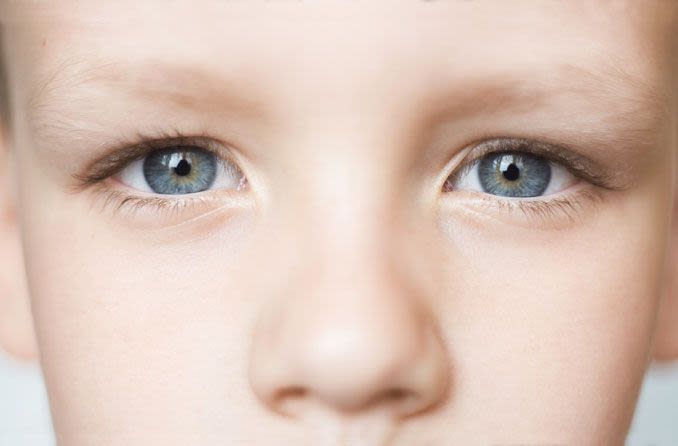Is there a way to “fix” nearsightedness?

Currently, there is no cure for myopia (nearsightedness). Blurry vision caused by myopia can be corrected, and myopia progression can be slowed. But leading eye doctors refer to these methods as myopia management, not as treatment or cures.
Myopia is not an eye disease. It's a refractive error that is often caused by the eyeball growing too long during childhood. Myopia can also develop if the cornea and/or the lens of the eye are too curved. In rare cases, myopia can occur if the lens is too close to the cornea.
Any of these factors can cause the light entering the eye to focus in front of the retina instead of directly on it. This makes distant objects look blurry.
Myopia correction
There are proven methods that can be prescribed by an eye doctor to correct myopia. Correction refers to corrective lenses and refractive surgery. Corrective lenses can provide clearer vision, but they only work while a person is wearing them. They do not cure the causes of myopia.
Prescription eyeglasses and contact lenses can also relieve some of the symptoms related to nearsightedness, including:
Once myopia has stabilized (usually by the age of 24), refractive surgery may be an option. LASIK and other types of laser eye surgery are effective long-term corrections for myopia. But even surgery is not a cure for the causes of myopia. In some cases, some degree of myopia can return after surgery.
Myopia control
There are also proven methods to help slow or halt the progression of myopia. These methods are called myopia control. Myopia control is best achieved during early childhood using options such as:
Myopia control glasses
Myopia control contact lenses
Lifestyle changes (increased time outdoors and decreased prolonged near work)
Myopia control is necessary because myopia can progress to high myopia, which can result in potentially blinding complications, including:
Myopia control glasses and contact lenses are not the same as standard prescription lenses. They are specially designed lenses that can slow the eye growth that leads to myopia.
These lenses have shown success in slowing myopia progression. And newer, even more effective designs are constantly being developed. Examples of these newer designs include:
The MiYOSMART lens by Hoya, which uses Defocus Incorporated Multiple Segments (DIMS) technology.
The Stellest lens by Essilor, which uses Highly Aspherical Lenslet Target (HALT) technology.
Orthokeratology (also called ortho-k) has also been successful in myopia management and control. Orthokeratology lenses reshape the cornea during sleep, temporarily correcting myopia. But ortho-k is not a cure for myopia. The contact lenses must be worn regularly at night, or the myopia and blurry vision will return.
Atropine eye drops are used in low doses for myopia control. Scientists do not fully understand how they work, but they show the greatest success in slowing the eye growth related to myopia.
Lifestyle factors also play a part in myopia control. Keeping good visual habits is essential to reducing the risk of developing myopia. Leading doctors recommend spending at least 90 minutes outdoors per day. They also recommend taking frequent breaks during prolonged near work activities.
If you want to learn more about myopia correction and control, schedule an eye exam with an eye doctor near you.
READ NEXT: Can staring at the distance cure nearsightedness (myopia?)
Beth Longware Duff also contributed to this article.
Update and guidance on management of myopia. European Society of Ophthalmology in cooperation with International Myopia Institute. European Journal of Ophthalmology. March 2021.
Myopia prevention and outdoor light intensity in a school-based cluster randomized trial. Ophthalmology. November 2018.
Defocus Incorporated Multiple Segments (DIMS) spectacle lenses slow myopia progression: a 2-year randomised clinical trial. British Journal of Ophthalmology. March 2020.
Essilor’s Stellest Lens shown to slow myopia progression in children in one-year interim clinical trial. Review of Myopia Management. September 2020.
Page published on Friday, January 3, 2020
Page updated on Tuesday, April 4, 2023
Medically reviewed on Thursday, January 20, 2022






